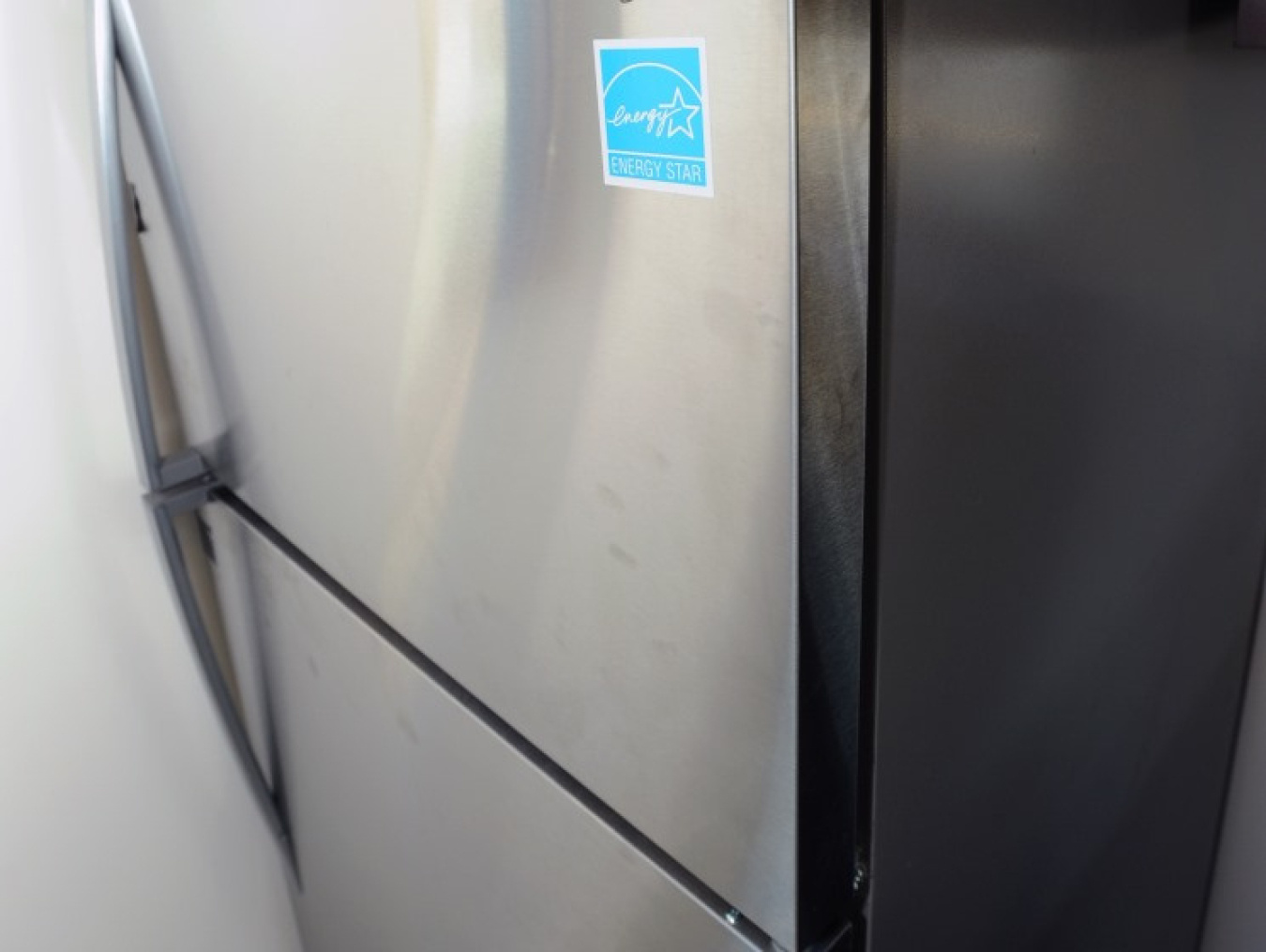The Federal Energy Management Program (FEMP) offers the following checklists to help people conserve energy in homes. By implementing these actions, homeowners can improve energy efficiency on a daily, weekly, monthly, and annual basis.
Need more energy-saving tips? Find low-cost tips on how to save energy and money on the U.S. Department of Energy's Energy Saver website.
Daily Checklist
- Turn down the temperature of your water heater to the warm setting (120°F). You'll save energy and avoid scalding your hands.
- Check if your water heater has an insulating blanket. An insulating blanket will pay for itself in one year or less!
- Heating can account for almost half of the average family's winter energy bill.
- Make sure your furnace or heat pump receives professional maintenance each year. And look for the ENERGY STAR® label when replacing your system.
- Review additional strategies to reduce your water heating bills. Water heating can account for 14%-25% of the energy consumed in your home.
- Survey your lights for opportunities to replace incandescent and fluorescent lights with light-emitting diodes (LEDs). The best targets are bulbs used several hours a day.
- Turn off the lights in unoccupied rooms or consider installing timers, photo cells, or occupancy sensors to reduce the amount of time your lights are on.
- Turn off your computer monitor when not in use for more than 20 minutes, and turn off both the CPU and monitor if you're not going to use your computer for more than 2 hours.
- Unplug equipment that drains energy when not in use (i.e. cell phone chargers, fans, coffeemakers, desktop printers, radios, etc.).
- Install a programmable thermostat that can be adjusted to temperatures according to your schedule. And look for the ENERGY STAR label when replacing your system.
- During winter, open curtains on your south-facing windows during the day to allow sunlight to naturally heat your home, and close them at night to reduce the chill you may feel from cold windows.
- Clean or replace filters in your furnace, air conditioner, and heat pump.
- ENERGY STAR labeled products can cut your energy bills by up to 30%. Find retailers near you on the ENERGY STAR website.
Weekly Checklist
- Visit the hardware store. Buy a water-heater blanket, faucet aerators, and CFLs, as needed.
- Rope caulk or add film to leaky windows.
- Assess your heating and cooling systems. Determine if replacements are justified, or whether you should retrofit them to work more efficiently to provide the same comfort (or better) for less energy.
Monthly Checklist
- Collect your utility bills. Separate electricity and fuel bills. Target the largest energy consumer or the largest bill for energy conservation measures.
- Insulate your hot water pipes to prevent heat loss.
- Insulate heating ducts in unheated areas, such as attics and crawlspaces. Keeping ducts in good repair can prevent heat loss of up to 60% at the registers.
- Seal up the largest air leaks in your house—the ones that whistle on windy days, or feel drafty. The worst culprits are usually not windows and doors, but utility cut-throughs for pipes ("plumbing penetrations"), gaps around chimneys and recessed lights in insulated ceilings, and unfinished spaces behind cupboards and closets. Better yet, hire an energy auditor with a blower door to point out the worst cracks. All the little, invisible cracks and holes may add up to as much as an open window or door without you ever knowing it!
- Install a programmable thermostat to set your thermostat back automatically at night.
- Schedule an energy audit (ask your utility company or state energy office) for more expert advice on your home as a whole. Learn more about home energy audits.
Annual Checklist
- Insulate. If your walls aren't insulated have an insulation contractor blow cellulose into the walls. Bring your attic insulation level up to snuff.
- Replace aging, inefficient appliances. Even if the appliance has a few useful years left, replacing it with a top-efficiency model is generally a good investment. Especially check the age and condition of your refrigerator.
- Upgrade leaky windows. It may be time to replace them with energy-efficient models or to boost their efficiency with weatherstripping and storm windows. The typical home loses more than 25% of its heat through windows.
- Reduce your air conditioning costs by planting shade trees and shrubs around your house.

Energy-Efficient Product Search
ENERGY STAR is your resource for information on projects and products to help make your home energy efficient.

